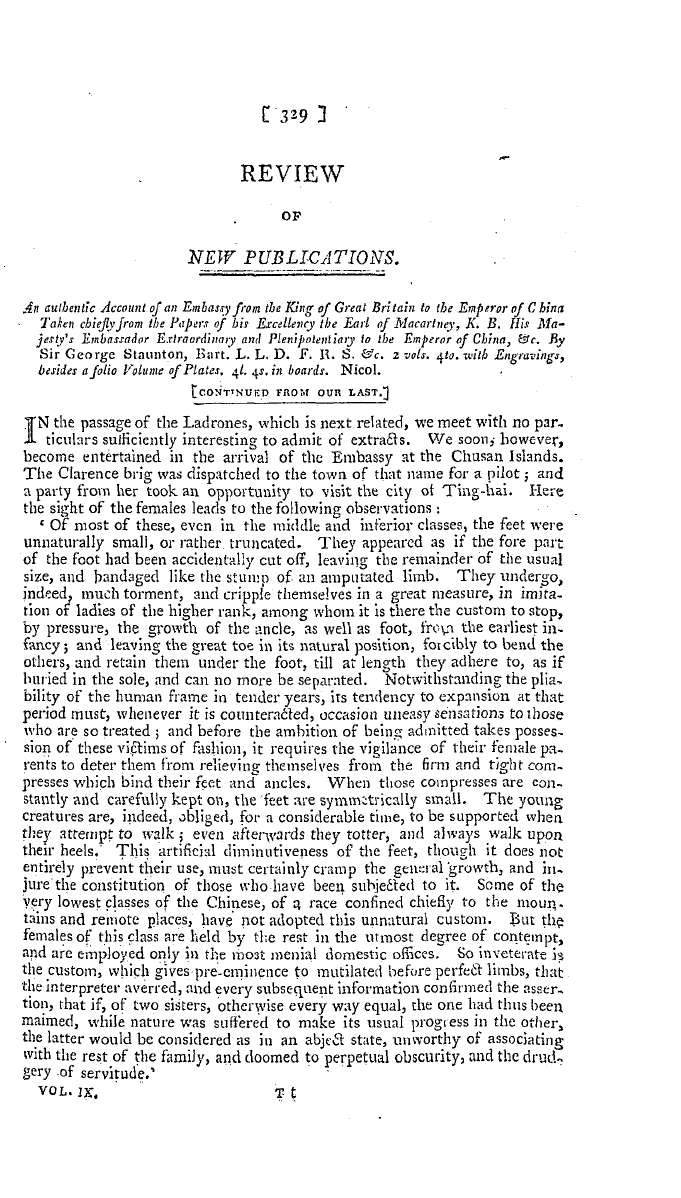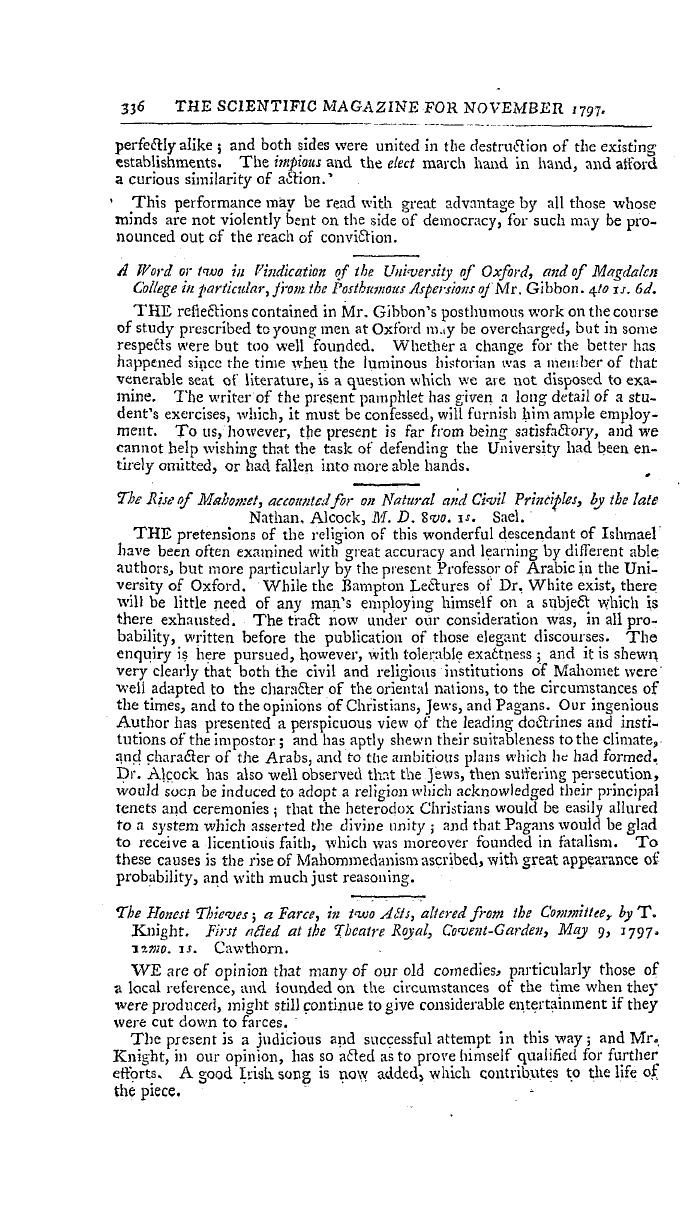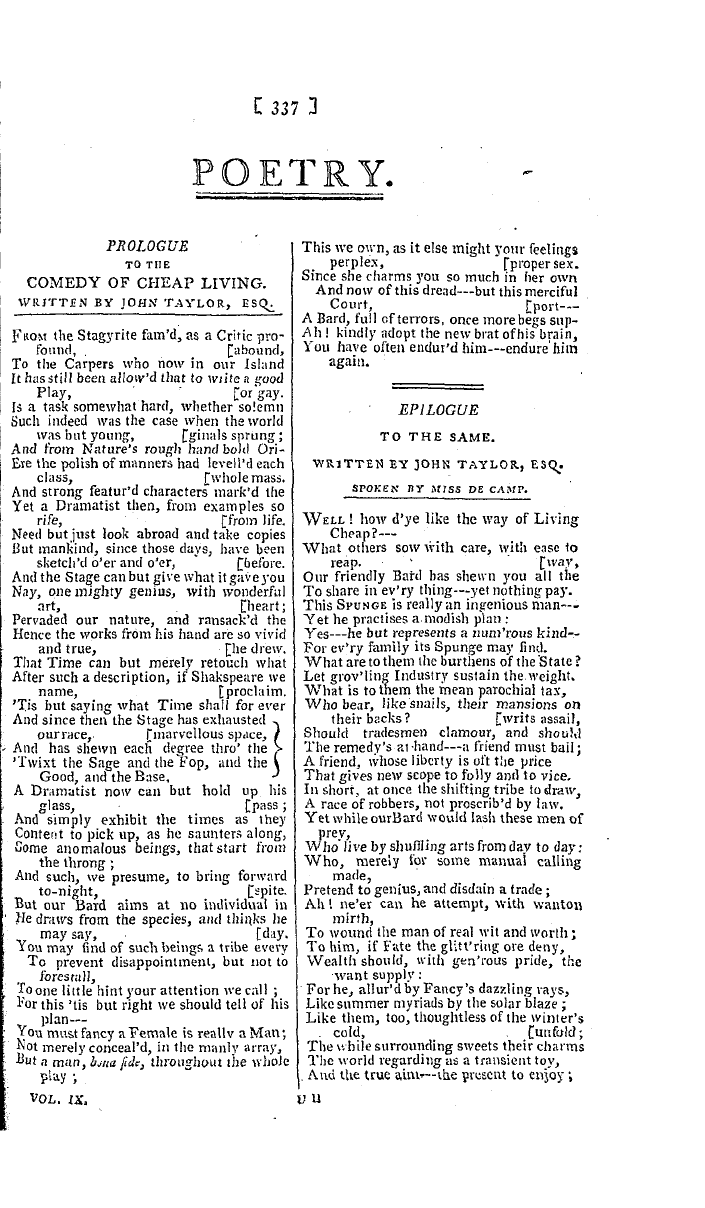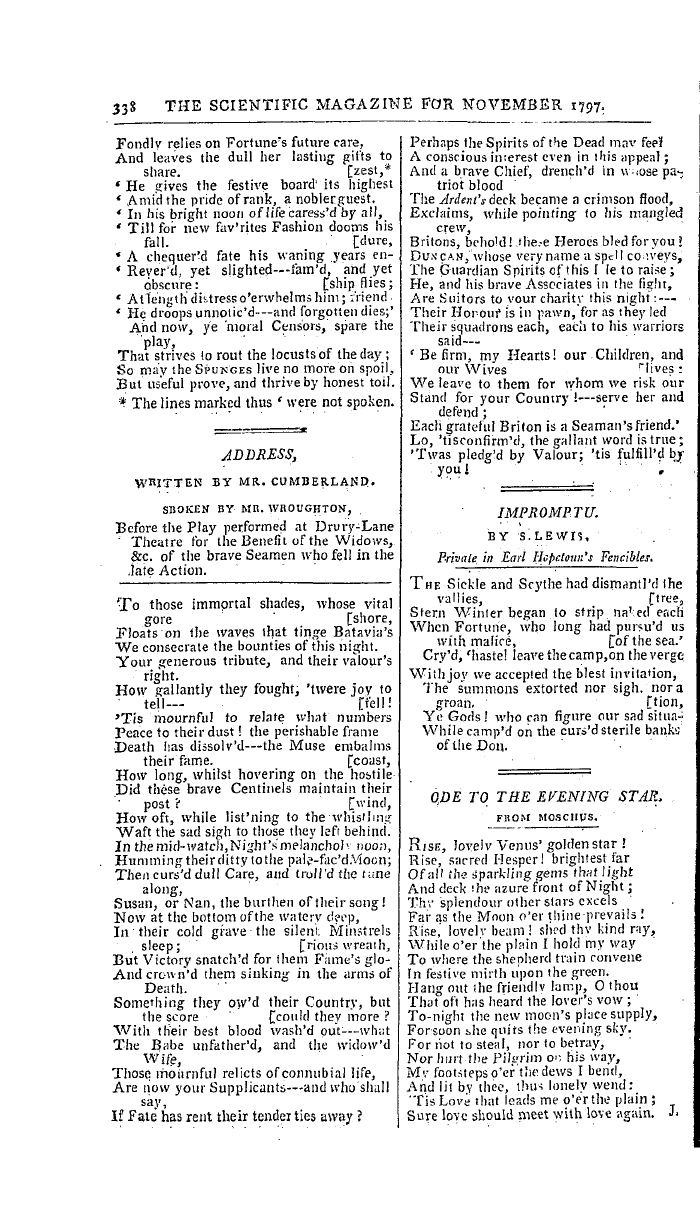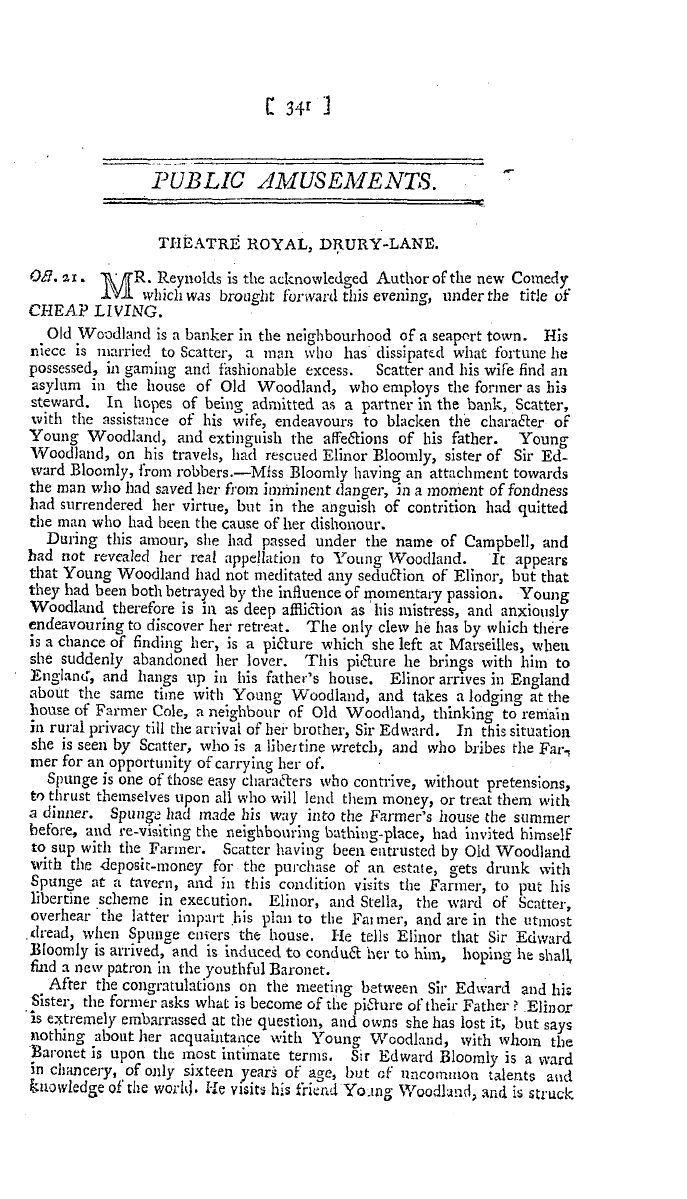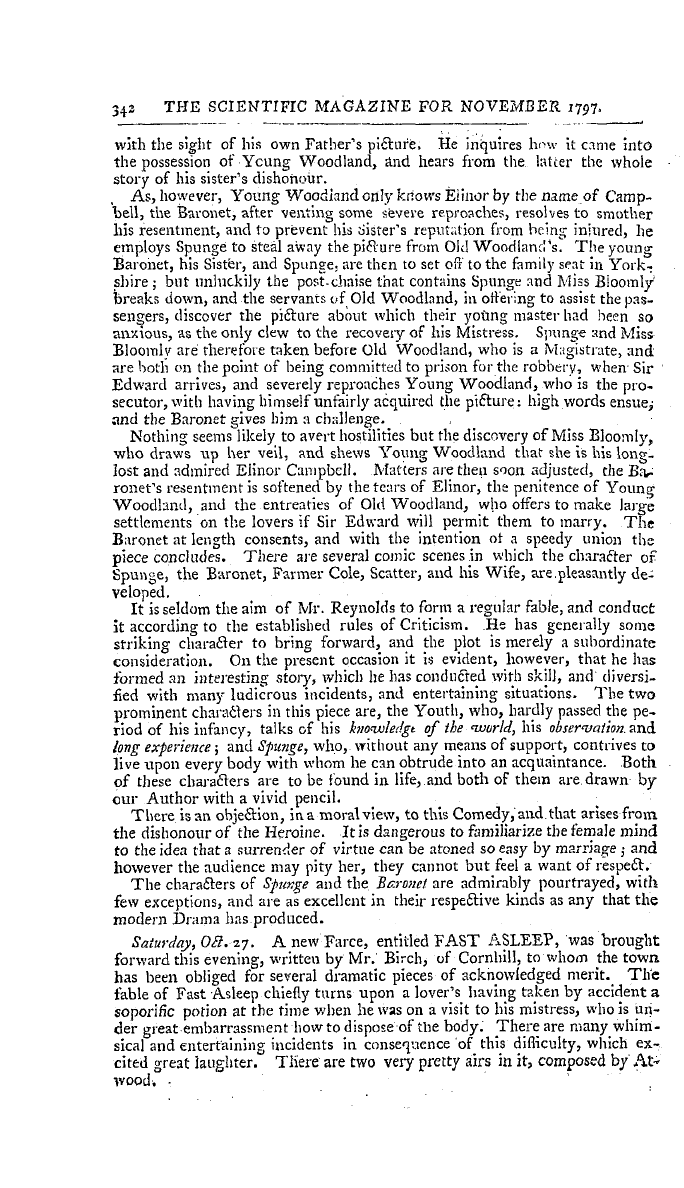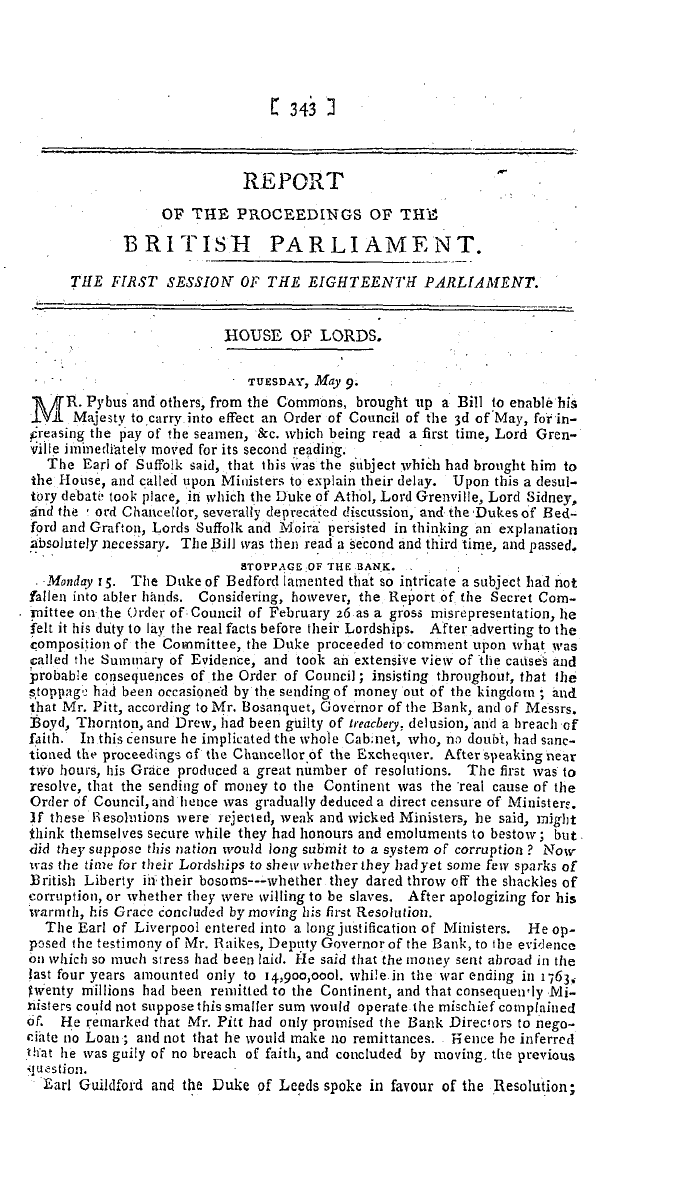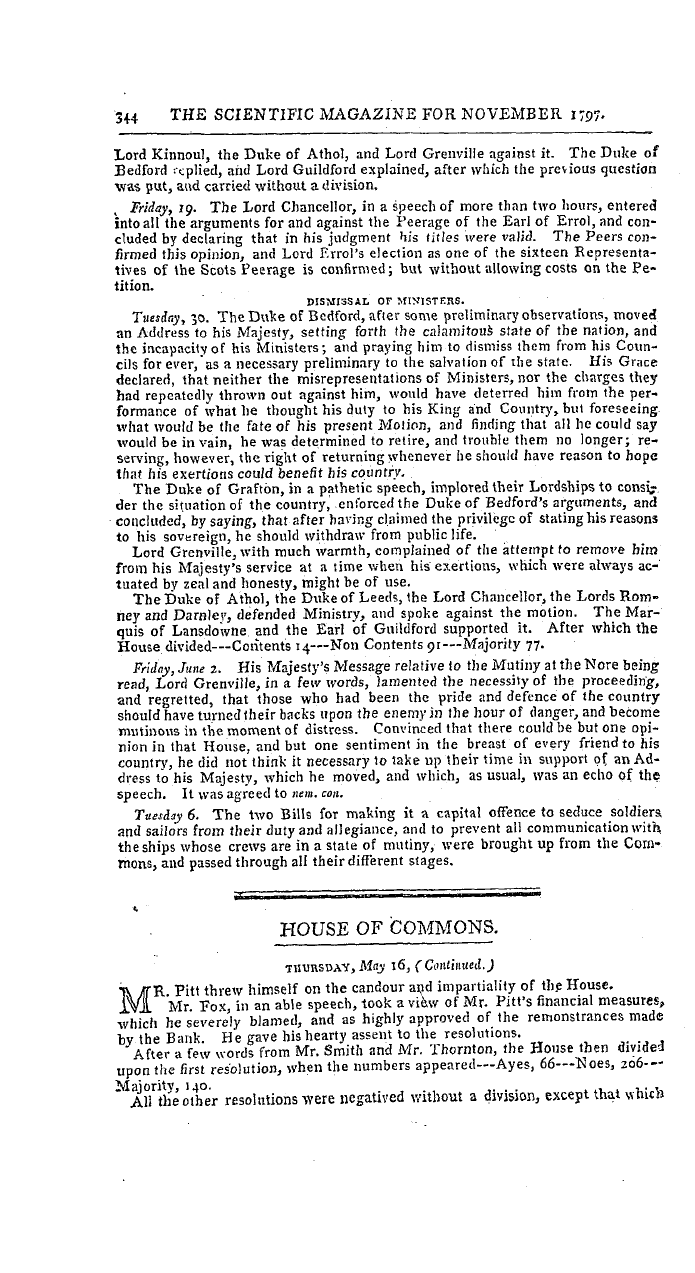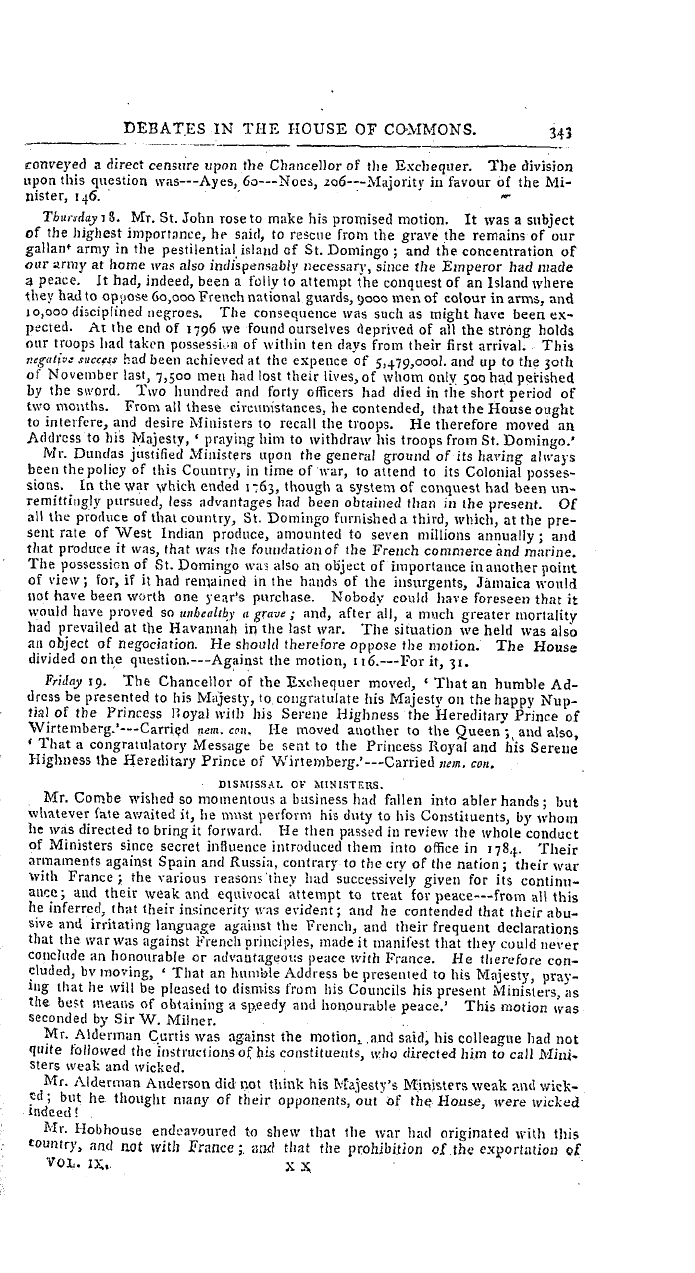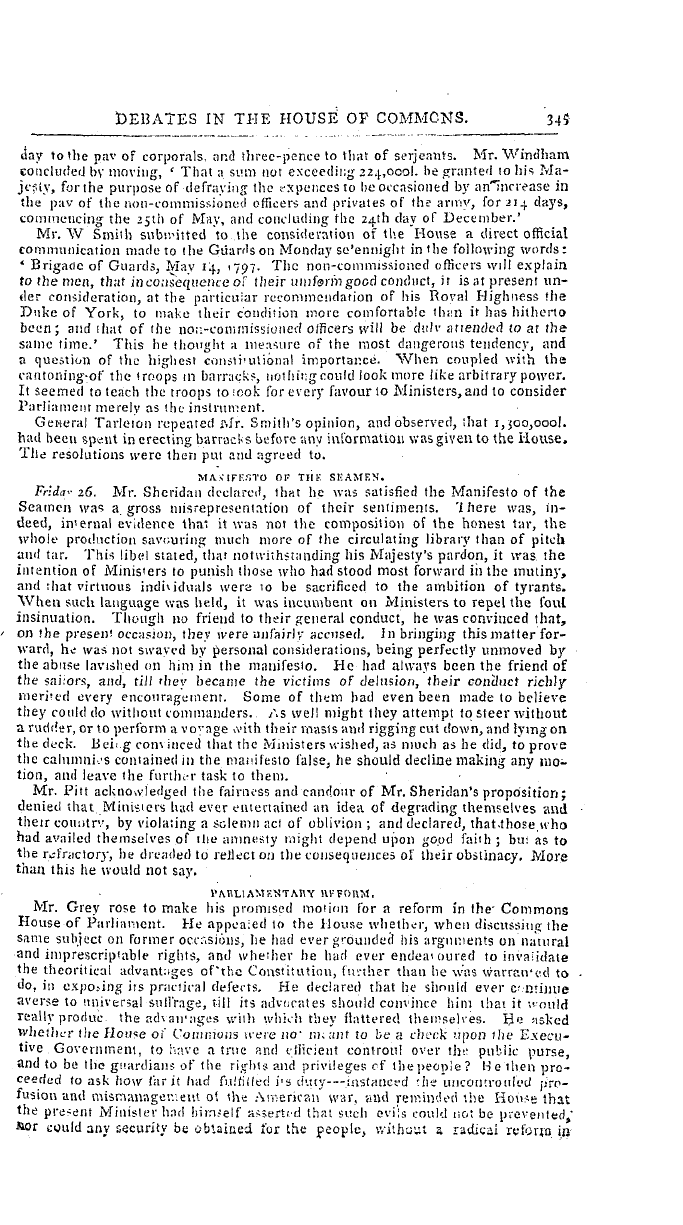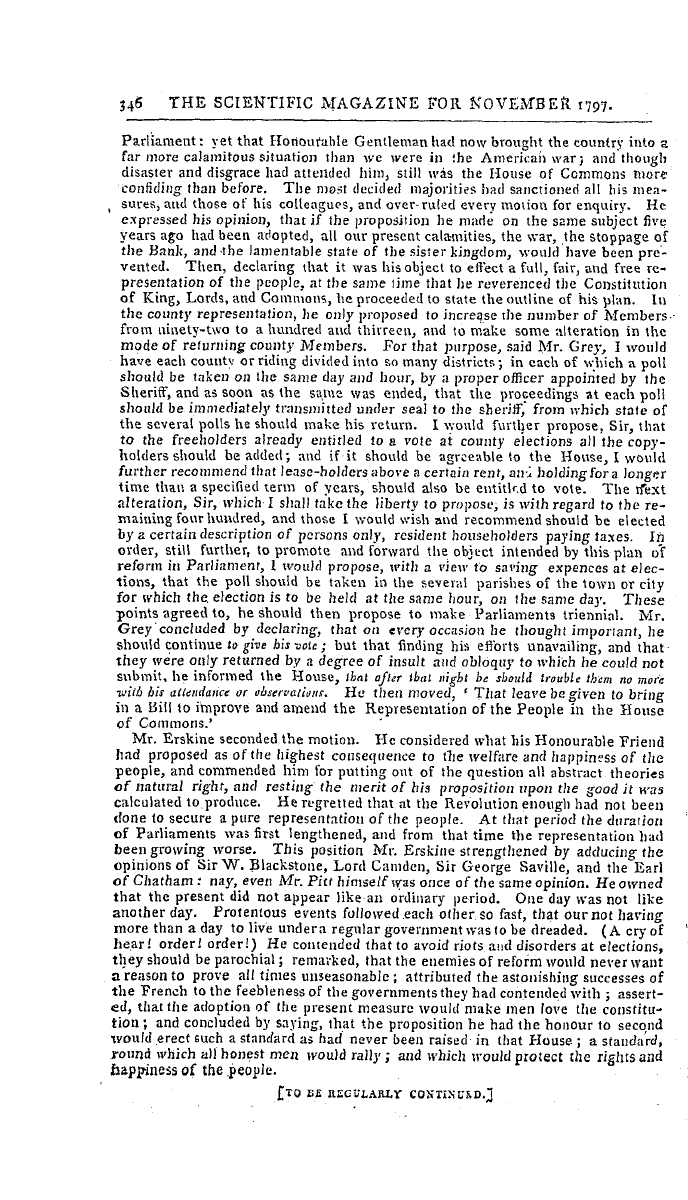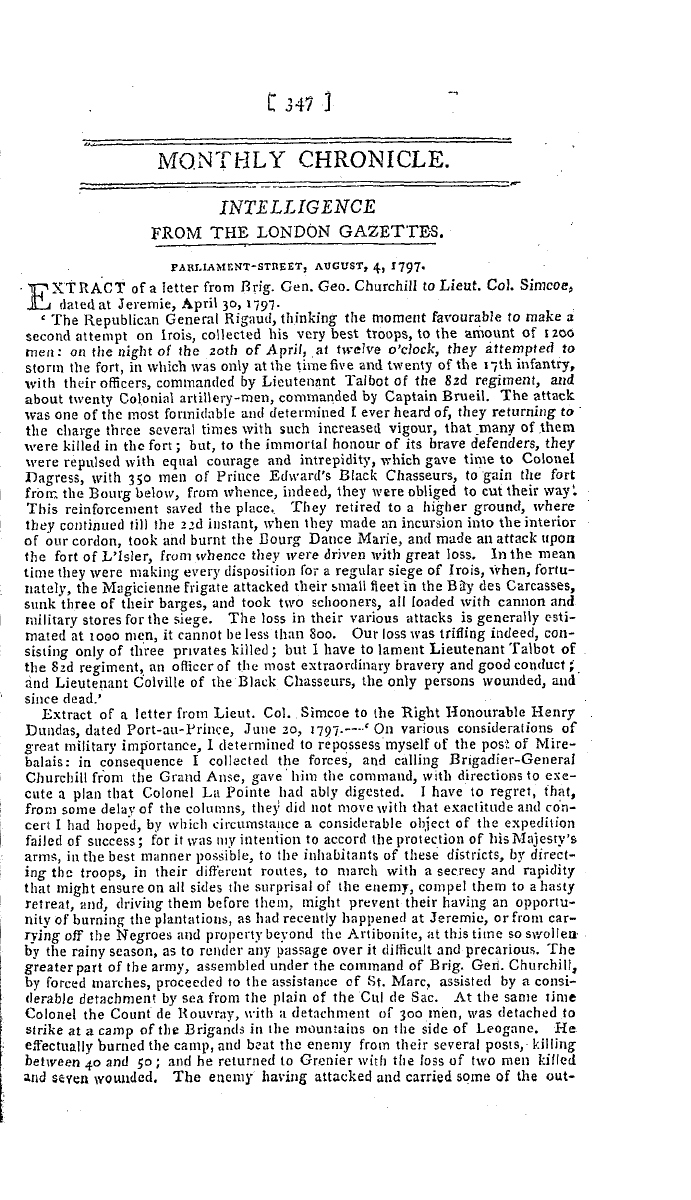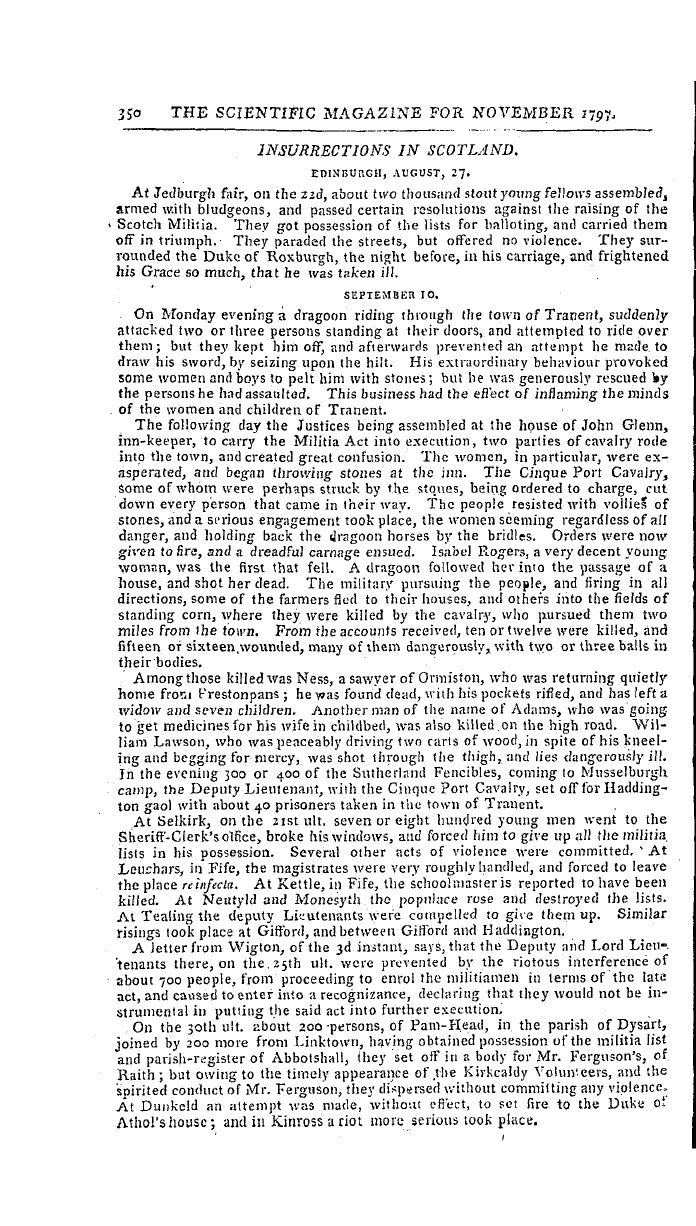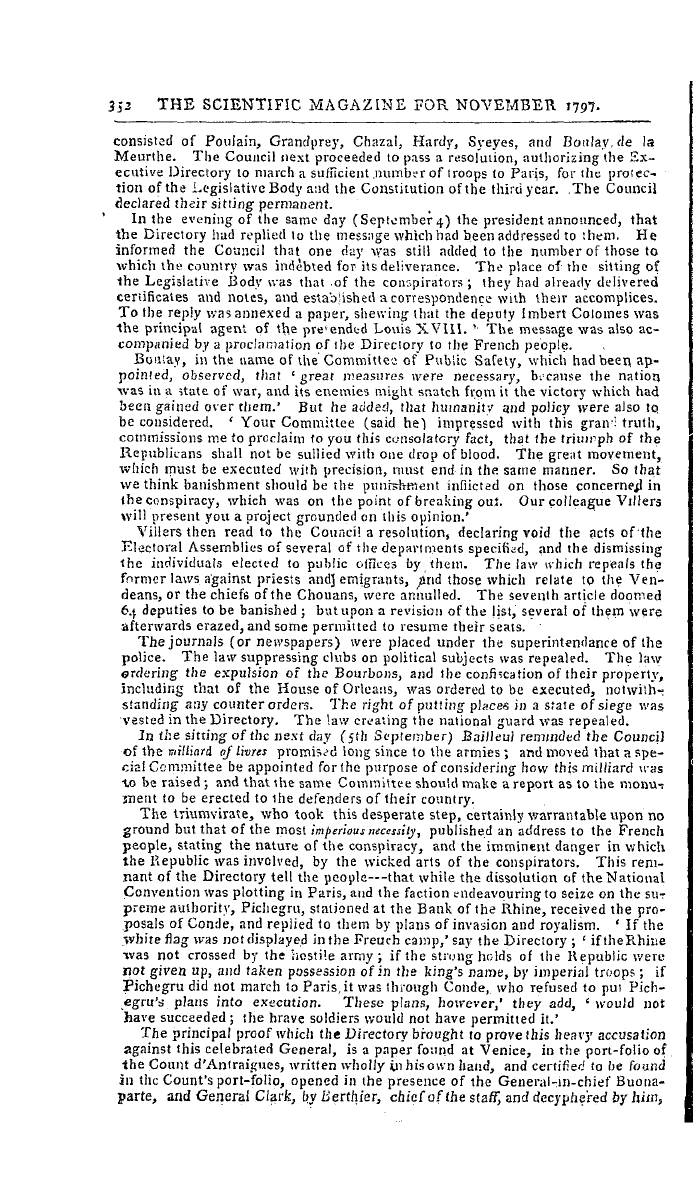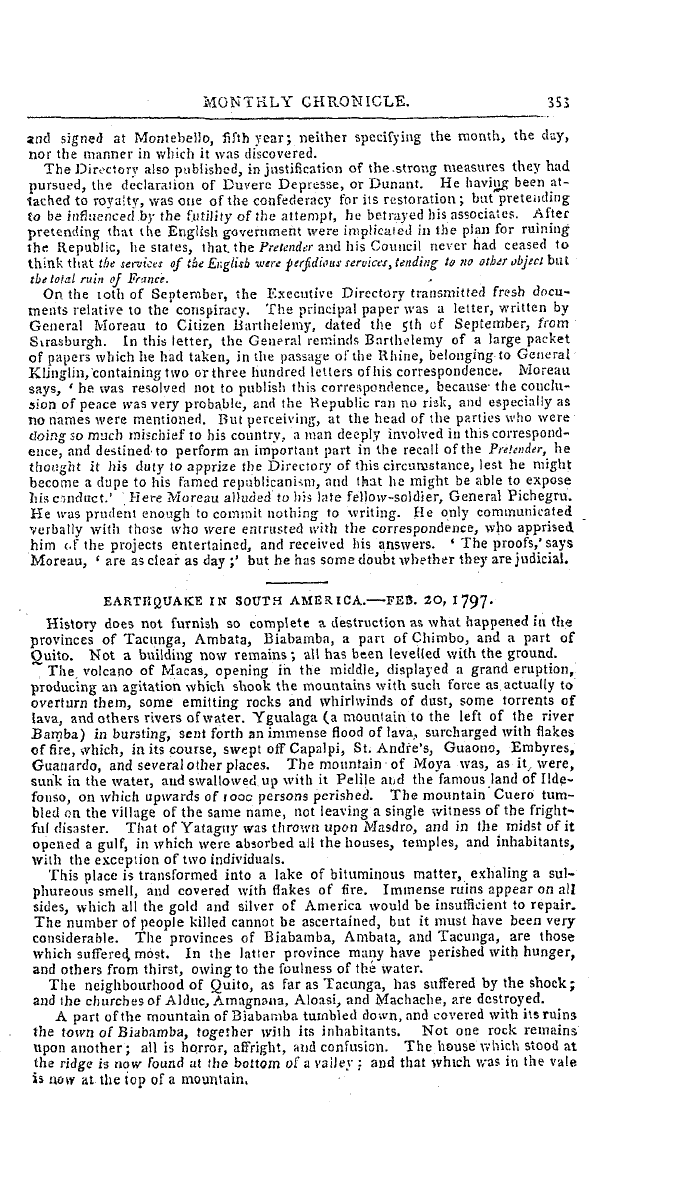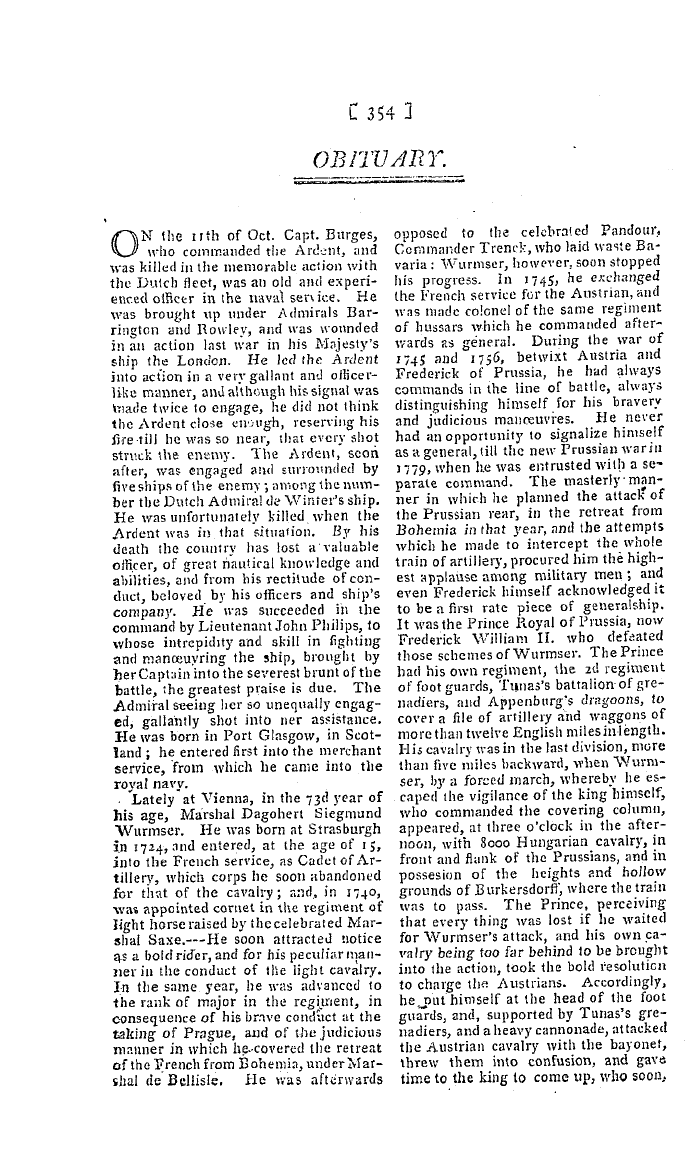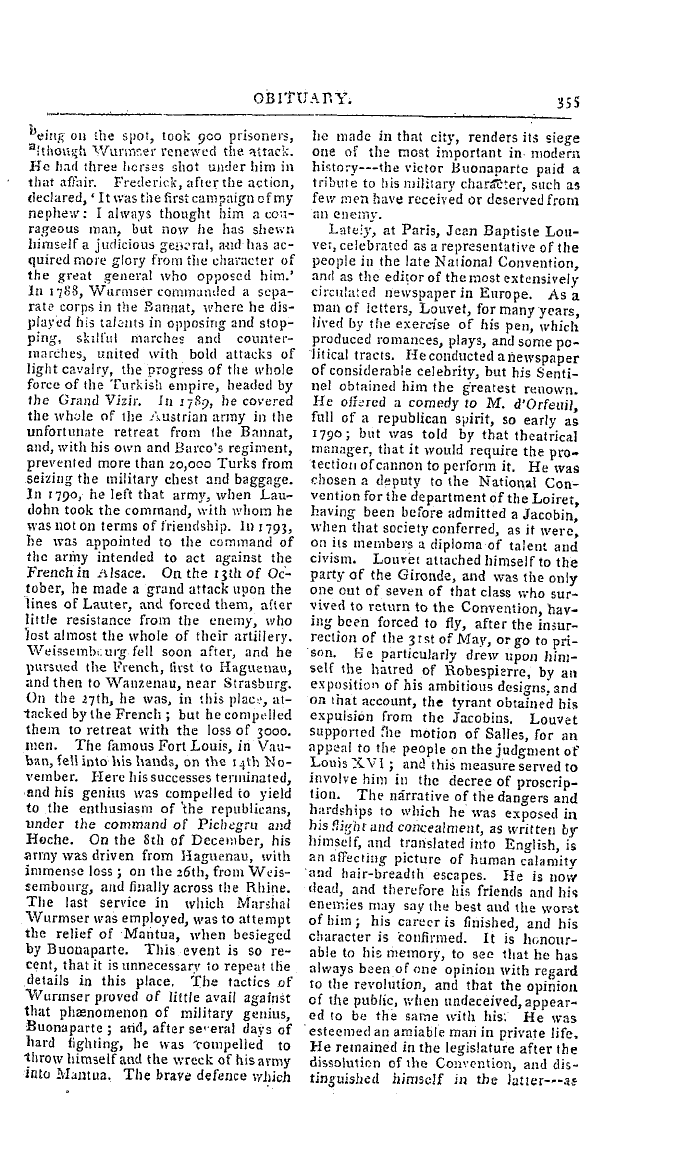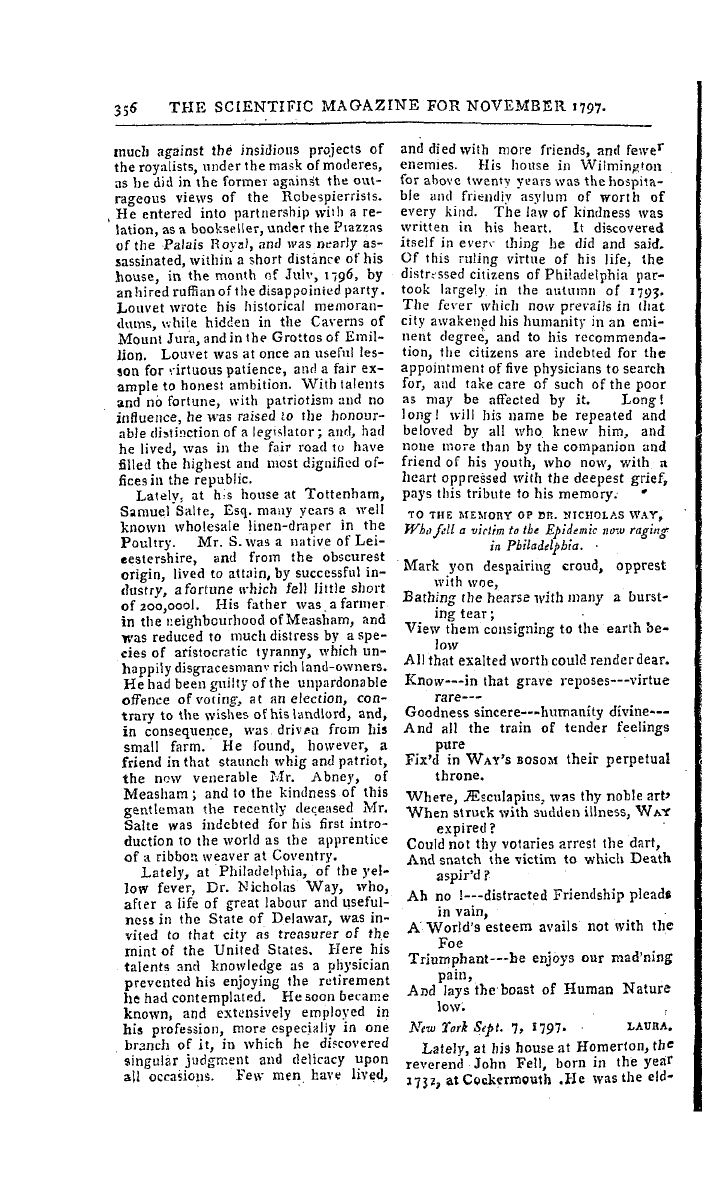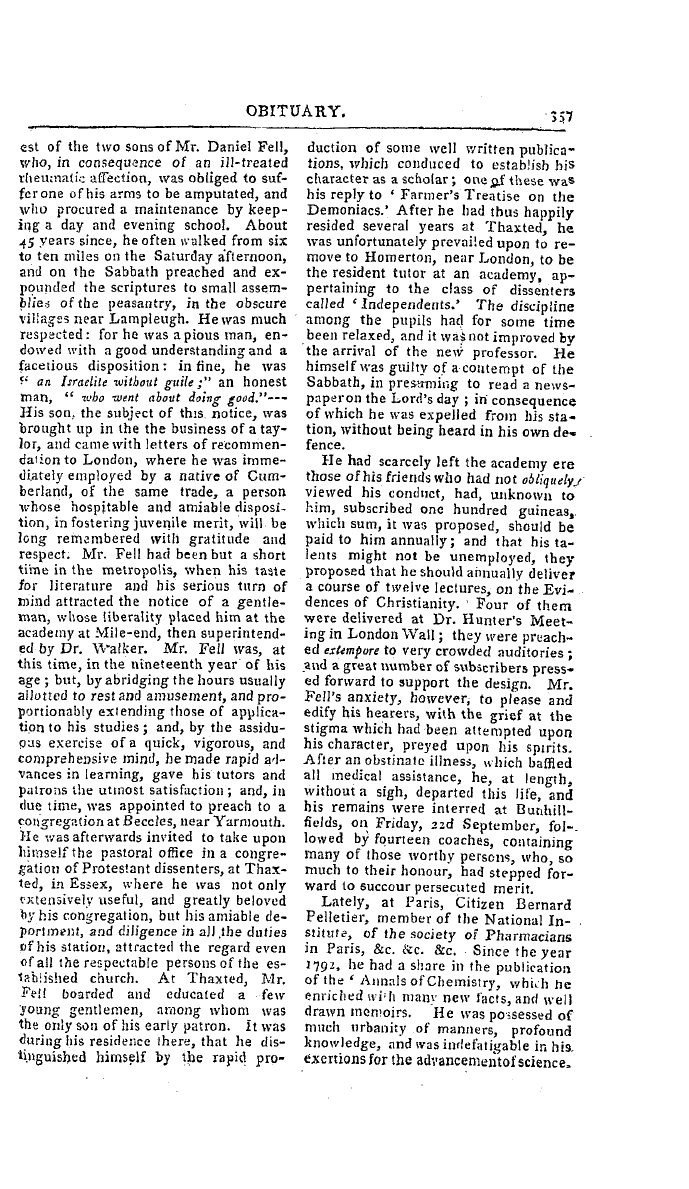-
Articles/Ads
Article THE FREEMASONS' REPOSITORY. ← Page 2 of 4 →
Note: This text has been automatically extracted via Optical Character Recognition (OCR) software.
The Freemasons' Repository.
ceedingly difficult , if not absolutely impossible , for them to distinguish a friend from an enemy , without adopting some peculiar signs , and appropriate tokens of discovery . These men were mutually bound , by solemn vows , to support each other to the utmost , even to the participation of all the comforts of life , and to defend each other to death . Their outward signs and ceremonies , or their secret tokens , were , in
consequence , significant of their peculiar and endearing character as brothers devoted to one common cause , and though born in distant lands , yet professors of one faith , and heirs of one glorious resurrection unto eternal life . Let he , who knows any thing of Masonry , compare the circumstances and characters of these men with the more obscure parts of that institutionwith its peculiar signs and
ceremo-, nies and pretensions , and he will be too much affected with the resemblance to think it merely casual . On the return of these military Friars , they brought into Europe , among other branches of science , that which has been falsely called Gothic architecture ; which , every body will now readily allow , ought to be stiled the Asiatic . Here tlie relationship becomes clearer . But
it would be found much more so were we to enter into the consideration of the mystic ornaments which adorned many of their more early edifices . There are some remains of those noble structures still in Scotland , the sculptured work < if which strikes the Masonic antiquarian with pleasing rapture . The indefatigable and ingenious Mr . Cordiner has illustrated some of these monuments in a just manner , by calling in Masonry to assist him in his explanation . There all the degrees of the Order are faithfully depicted , no doubt , for the perpetual
contemplation and instruction of the brotherhood who resided in those solemn Lodges of devotion , hospitality , and peace . While I am thus far entered upon this ground , I cannot permit myself to quit it without making a few more observations . I am not disposed to believe that these knig hts carried Masonry with them into Palestine . They met with many Christian brethren there , who were obliged to assemble in secretas their blessed Master and his disciples had done
, before them , to exercise the offices of love . These faithful brothers were under the same necessity as the foreign knig hts of having recourse to outward and expressive signs and ceremonies , as well for their own mutual ease and advantage , as to avoid being surprized by their watchful enemies . Many of them , doubtless , were either converted Jewsor the descendants of such . On that spotsome
re-, , mains of primitive societies and usages must then have been found . What , therefore , so likely to have subsisted as the fraternity of religious architects , at a time when every thing that had relation to sacred objects was held in the . highest esteem ? I must not , however , enter too minutely into the consideration of this point . That will be found amply discussed elsewhere . The incorporation ofthe military knights
with their religious brethren in the Holy Land must have produced mutual information ; and consequently an enlarged system of rites and ceremonies . When the society encreased , and became more diversified , there must have been need of new steps of precaution . Degrees , therefore , multiplied . Moreover , it ought to be added in this place , that there was in Palestine , long before the time of the first croisade , an hospital , erected by some munificent mer
Note: This text has been automatically extracted via Optical Character Recognition (OCR) software.
The Freemasons' Repository.
ceedingly difficult , if not absolutely impossible , for them to distinguish a friend from an enemy , without adopting some peculiar signs , and appropriate tokens of discovery . These men were mutually bound , by solemn vows , to support each other to the utmost , even to the participation of all the comforts of life , and to defend each other to death . Their outward signs and ceremonies , or their secret tokens , were , in
consequence , significant of their peculiar and endearing character as brothers devoted to one common cause , and though born in distant lands , yet professors of one faith , and heirs of one glorious resurrection unto eternal life . Let he , who knows any thing of Masonry , compare the circumstances and characters of these men with the more obscure parts of that institutionwith its peculiar signs and
ceremo-, nies and pretensions , and he will be too much affected with the resemblance to think it merely casual . On the return of these military Friars , they brought into Europe , among other branches of science , that which has been falsely called Gothic architecture ; which , every body will now readily allow , ought to be stiled the Asiatic . Here tlie relationship becomes clearer . But
it would be found much more so were we to enter into the consideration of the mystic ornaments which adorned many of their more early edifices . There are some remains of those noble structures still in Scotland , the sculptured work < if which strikes the Masonic antiquarian with pleasing rapture . The indefatigable and ingenious Mr . Cordiner has illustrated some of these monuments in a just manner , by calling in Masonry to assist him in his explanation . There all the degrees of the Order are faithfully depicted , no doubt , for the perpetual
contemplation and instruction of the brotherhood who resided in those solemn Lodges of devotion , hospitality , and peace . While I am thus far entered upon this ground , I cannot permit myself to quit it without making a few more observations . I am not disposed to believe that these knig hts carried Masonry with them into Palestine . They met with many Christian brethren there , who were obliged to assemble in secretas their blessed Master and his disciples had done
, before them , to exercise the offices of love . These faithful brothers were under the same necessity as the foreign knig hts of having recourse to outward and expressive signs and ceremonies , as well for their own mutual ease and advantage , as to avoid being surprized by their watchful enemies . Many of them , doubtless , were either converted Jewsor the descendants of such . On that spotsome
re-, , mains of primitive societies and usages must then have been found . What , therefore , so likely to have subsisted as the fraternity of religious architects , at a time when every thing that had relation to sacred objects was held in the . highest esteem ? I must not , however , enter too minutely into the consideration of this point . That will be found amply discussed elsewhere . The incorporation ofthe military knights
with their religious brethren in the Holy Land must have produced mutual information ; and consequently an enlarged system of rites and ceremonies . When the society encreased , and became more diversified , there must have been need of new steps of precaution . Degrees , therefore , multiplied . Moreover , it ought to be added in this place , that there was in Palestine , long before the time of the first croisade , an hospital , erected by some munificent mer










































